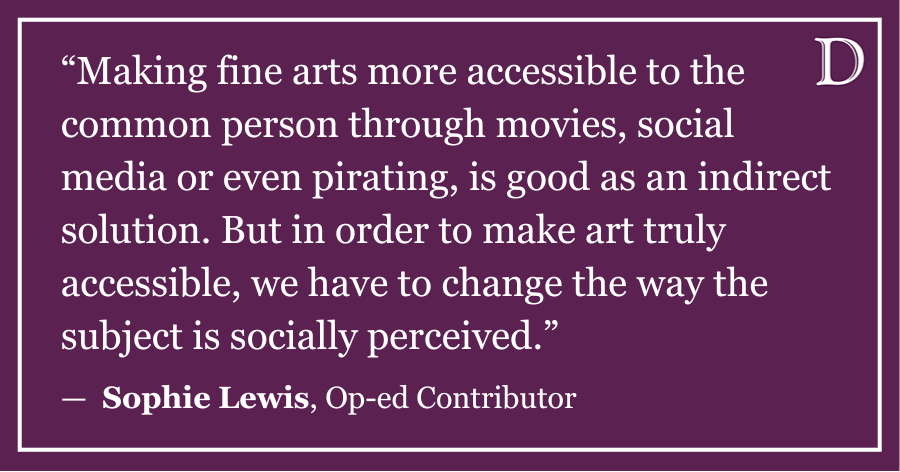Evanston began the process of overhauling its zoning code to allow for higher density, more transit-oriented development and a general loosening of restrictions on housing construction when. In his recent op-ed in the Chicago Tribune, Mayor Daniel Biss laid out a basic argument for why he feels these changes are necessary:
“Imagine if we wrote a set of ‘yes in my backyard’ rules. First, that would let the supply of housing expand, which is the best thing we can do for affordability. Second, it would let more people live in denser arrangements, especially near mass transit — that’s great for climate because dense multifamily housing uses less energy, and the more people who live in walkable, transit-accessible neighborhoods, the less we drive.”
This argument in favor of “YIMBYism” (yes-in-my-backyard), as Mayor Biss frames it, is increasingly popular nationwide. Vice President Kamala Harris has made increasing housing supply a foundational plank of her presidential campaign.
The goal is noble — we need to tackle climate change, housing is unaffordable for too many and improving transit access is crucial. However, YIMBYism is not the magic bullet its proponents make it out to be, and we should be cautious when approaching large-scale upzoning, or allowing for more units on each plot of land, as a solution to the housing affordability crisis.
Zoning is the practice of regulating the uses of private land and density patterns. To imagine it in one basic, uncontroversial situation, it generally prevents the construction of a new smelting factory in the middle of a quiet, residential block. However, zoning is often much more complicated than just separating industrial and residential land uses; it regulates density (how many units are allowed on a given parcel of land), business types (prohibiting certain types of businesses in certain zones) and even how far out your porch can be. Most zoning decisions are made on a local level through some combination of resident input, planning department judgment and consultation with elected officials.
In recent years, there has been a growing movement of YIMBYism to relax zoning restrictions and increase housing density. Supporters argue these reforms would increase the housing supply, thus making housing more affordable. However, we should be cautious in generalizing these principles to universally upzone the entire city of Evanston as a way of making housing more affordable.
In an essay published in Evanston Roundtable in July, Mayor Biss included a potential idea to “lift bans on 2-, 3-, and 4-unit buildings” as a way of increasing housing supply. As I will explain later, this kind of proposal will likely not achieve its desired outcome and can also create lasting harm to Evanston.
Zoning controls the distribution of units, but it cannot create more of them; it can only limit how many are built on a given plot of land. A March 2023 Urban Institute study confirmed that large-scale upzoning only increased supply by 0.8% and that this small fraction was almost exclusively concentrated at the higher end of the real estate market. The study also did not conclude that upzoning lowered rents for lower-cost units.
Additionally, removing guardrails on development can damage communities.
When developers are given the ability to build denser buildings by right (without special approval) anywhere in the city, residents get less say in what is built in their neighborhoods. In Evanston, that could mean real estate developers demolishing century-old historic two and three-flat homes, a key part of Evanston’s charm, to make way for new luxury multi-unit buildings without any kind of community input or conversation.
That’s not only bad for affordability, but the demolition of older housing and subsequent replacement with new luxury housing is also terrible for the environment.
So what should we do? It is important to note that not all upzoning is bad or ineffective. Approving increased density (when done in a conscious and deliberate way) near transit stations is a way to increase access to public transportation — a strategy Evanston is already employing effectively. Let’s continue doing that. Another idea proposed for the Envision Evanston 2045 plan is to eliminate parking minimums citywide. This is a great way to reduce car dependence and minimize carbon emissions.
Ultimately, Envision Evanston 2045 has admirable goals and many of the proposals that comprise it are positive. As we evaluate these proposals, let’s be conscious about potential unmet expectations and unexpected consequences that could result from this kind of upzoning in the name of affordability. I applaud Biss’ commitment to improving housing affordability, but we need to find a balance between preserving what makes Evanston attractive to so many people and easing the economic pain many are feeling right now.
Aidan Keefe is a SESP sophomore. He can be contacted at [email protected]. If you would like to respond publicly to this op-ed, send a Letter to the Editor to [email protected]. The views expressed in this piece do not necessarily reflect the views of all staff members of The Daily Northwestern.





